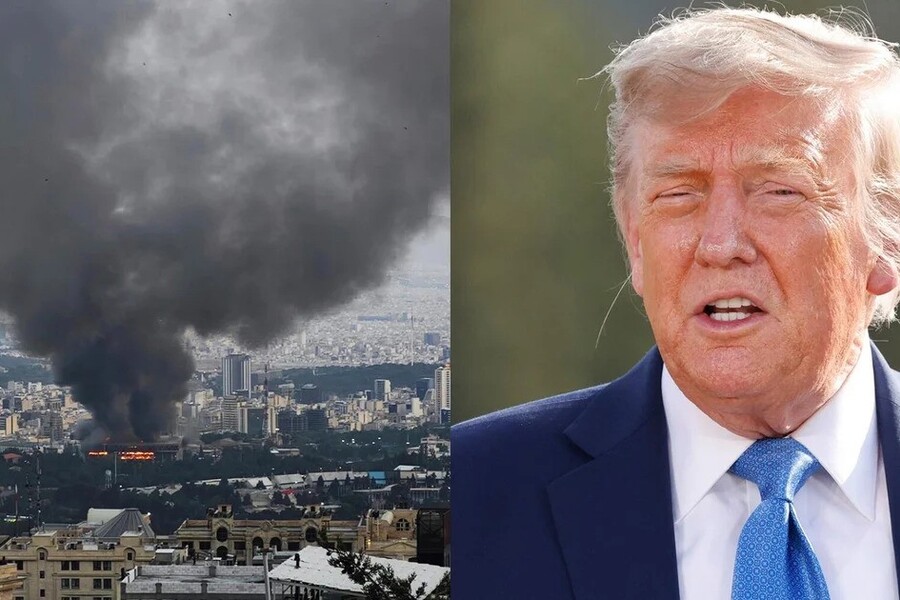President Donald Trump has signed off on detailed military plans to strike Iran but has not yet authorized their execution, according to senior U.S. intelligence and Pentagon officials. The decision comes as tensions in the Middle East reach a boiling point, with Israel intensifying its aerial assault on Iranian targets and Iran threatening retaliation against U.S. interests should America formally join the fight.
On Tuesday night, Trump approved operational plans for a potential strike on Iran, including a high-risk target: Fordo, Iran’s subterranean uranium enrichment facility. Although Israel has not struck the site, Fordo is seen by U.S. officials as a critical node in Iran’s nuclear infrastructure. The finalized plans indicate that the administration is prepared to escalate significantly, but the decision to launch has been deferred.
The reason for the delay appears tactical. U.S. sources say Trump wants to leave room for a diplomatic resolution if Iran agrees to halt its nuclear program. “I may do it. I may not do it. I mean, nobody knows what I’m going to do,” Trump told reporters Wednesday. “I like to make the final decision one second before it’s due, because things change—especially with war.”
Trump’s remarks follow a week of heightened military activity and political posturing. Israel launched a wave of strikes on Iranian positions early Friday. While the White House maintains the U.S. is not officially part of Israel’s offensive, multiple reports confirm that American forces have assisted in intercepting Iranian missile attacks in recent days.
The administration’s strategy appears to hinge on maximum pressure: maintain military readiness while publicly dangling the possibility of peace. Yet Tehran is rejecting the overture. On Wednesday, Iranian officials declared they “do NOT negotiate under duress” and promised to “respond to any threat with a counter-threat.” Intelligence sources confirm Iran has mobilized missiles and other strike capabilities aimed at U.S. bases across the Middle East, ready to act if the U.S. becomes an active combatant.
In an especially provocative social media post, Trump wrote that the U.S. knows the location of Iran’s Supreme Leader, Ayatollah Ali Khamenei. “He is an easy target, but is safe there — We are not going to take him out (kill!), at least not for now,” Trump wrote on Truth Social. That statement follows a CBS News report that Trump had previously rejected an Israeli proposal to assassinate Khamenei, citing concerns it could trigger uncontrollable escalation.
This careful balancing act underscores Trump’s attempt to keep Iran off guard while managing global and domestic expectations. His administration has repeatedly said it seeks a deal to dismantle Iran’s nuclear ambitions, but growing frustration is evident. “My patience is wearing thin,” Trump said earlier this week.
The White House has not issued an official statement on the latest developments, and it remains unclear whether diplomatic backchannels are still active. Meanwhile, European allies and global institutions are urging restraint, warning that a miscalculation could ignite a full-scale war across the region.
With military assets repositioned and rhetoric intensifying, the coming days will likely determine whether the U.S. escalates into open conflict or remains on the edge of intervention. For now, the world remains on high alert, waiting to see if diplomacy or deterrence will carry the day.
